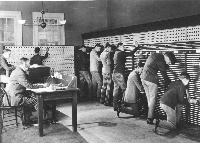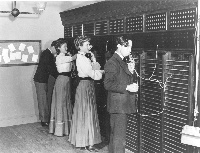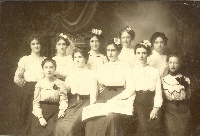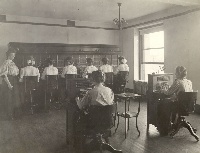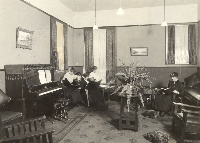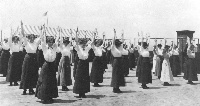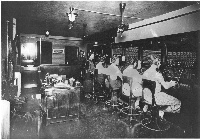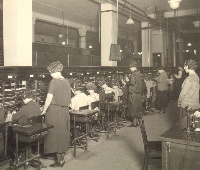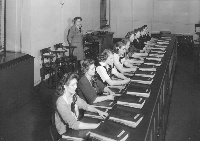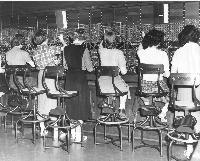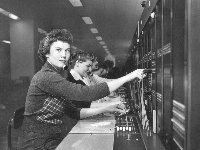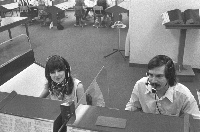

Photographs, Operators
|
To the public, the human face of the telephone company was the operator. They were called everything from “Call Girls” to “The Voice with a Smile.” They were heroines in time of disaster, comfort to the lonely and afraid, and a polite voice to often grouchy customers. Operators reflected the mores and fashions of their time, as these pictures show.
You can find many more documents in our archives. Contact us at 303-296-1221 or via email for information. Click here to return to the Collections main page. © 1995-2017 The Telecommunications History Group, Inc. All Rights Reserved. |
